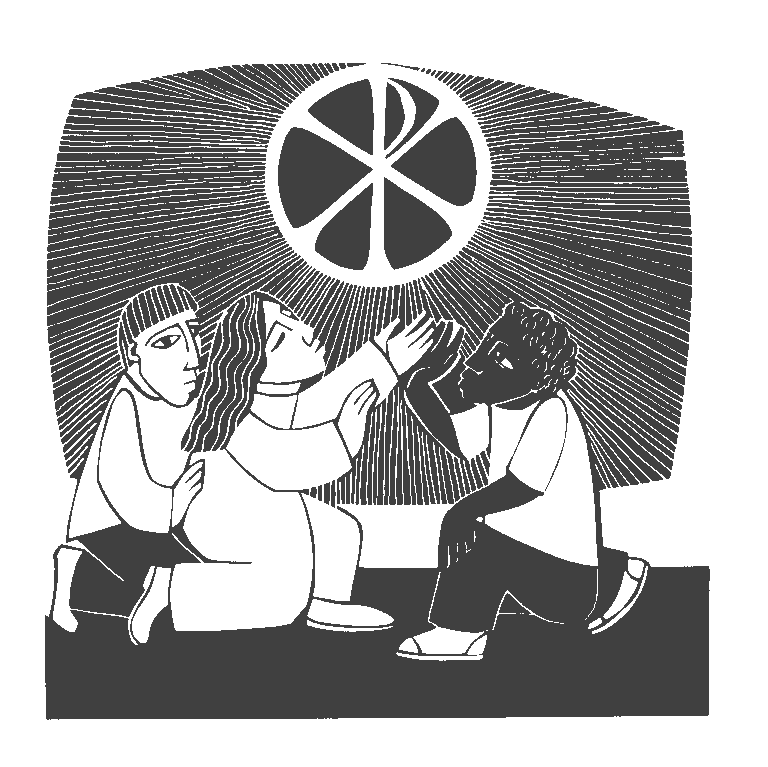Atop Mount Tabor, the place identified since the fourth century as the (unnamed) “high mountain” of the Transfiguration, sits a wonderfully ironic piece of architecture. Mark says Peter suggested it from within confusion (“Rabbi, … let us make three tents; one for you, one for Moses, and one for Elijah”), and Italian Franciscans, in 1924, actually did, in stone. It is a gorgeous basilica with two side-chapels, one for St. Moses and one for St. Elijah. Though it is, with respect to the New Testament account, ironic (implementing what the text implies was a mistaken notion), the construction is nonetheless inevitable. What else would an architect do to memorialize this event?
We too must find our own way of concretizing this visionary experience of Peter, James, and John. What Jesus meant when he called himself “the Son of Man” is a topic of endless scholarly conjecture. No less an exegete than Raymond Brown thought it likely that Jesus used the title as a way of applying to himself the role of the “one like a son of man” portrayed in this Sunday's reading from Daniel 7. That means he could see himself as the one who, before the heavenly throne of the Creator, represented the “saints of the Most High”—faithful Israel—in the implementation of the reign of God.
And we who identify ourselves as disciples of Jesus, how are we to make concrete the import of this vision? It gives us a way of looking at both the past and the future. With respect to the past, the Transfiguration reminds us that we, too, are descendants of those Jewish followers of Jesus Messiah who found in him everything that the Law and the Prophets taught them to yearn for. This should lead us to acknowledge contemporary Jews as brothers and sisters with whom we share a covenant never revoked, even if we understand its fulfillment differently.
With respect to the present and the future, the Transfiguration reminds us that we acknowledge Jesus to be truly risen. And we, who share with the three disciples an imperfect knowledge of what “rising from the dead” really means, can look forward to sharing this glory of Jesus as complete human beings, spirit in glorified flesh. Though we do not build three tents or three chapels, we memorialize the meaning of the Transfiguration by letting that vision guide our lives.

